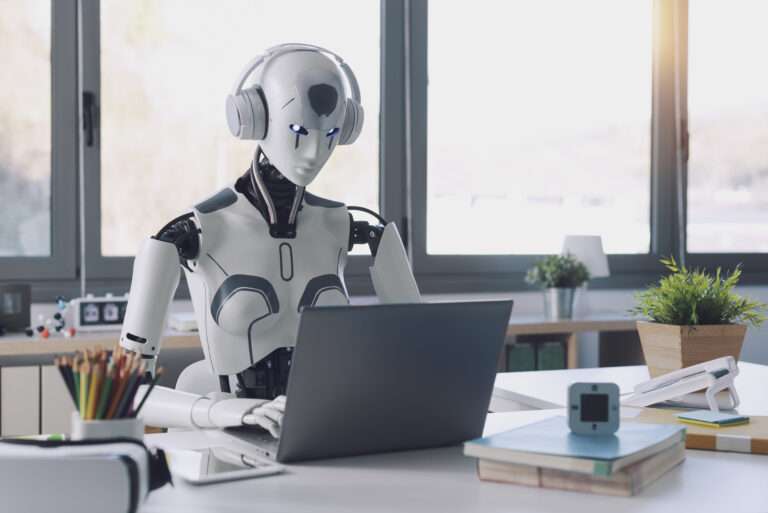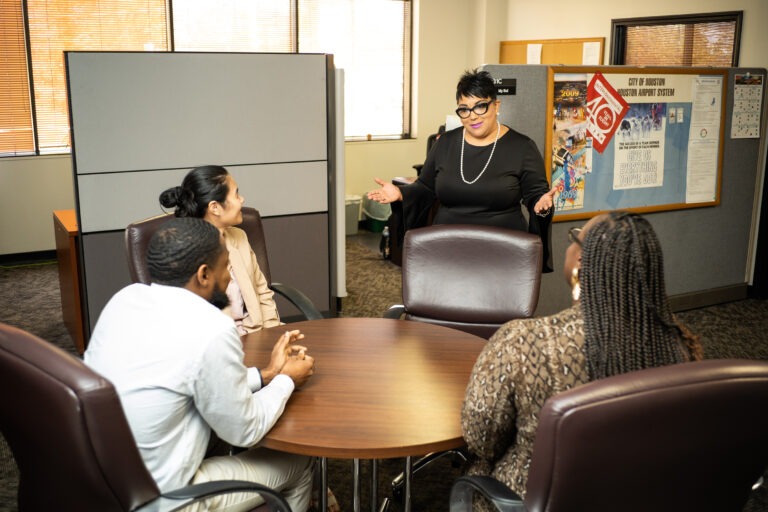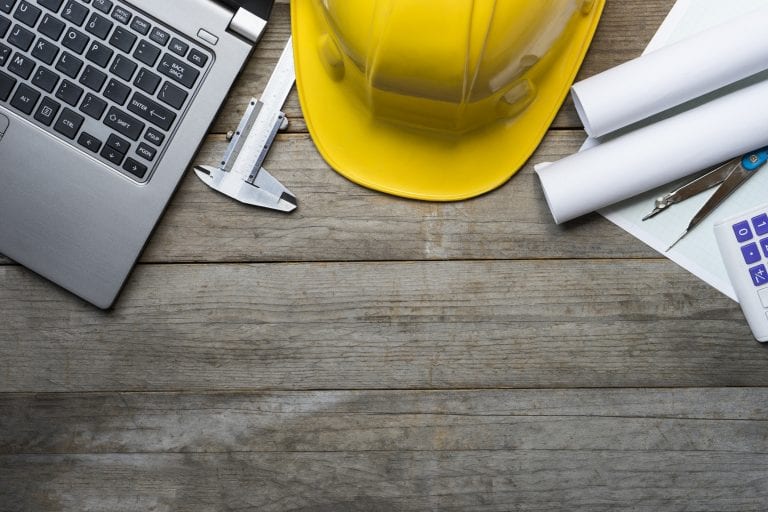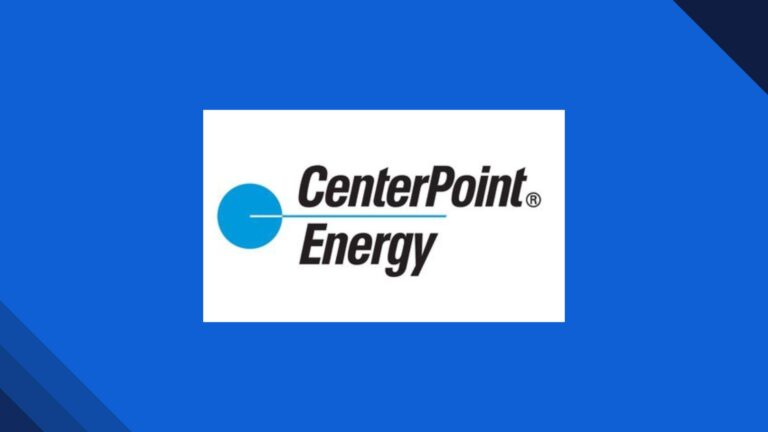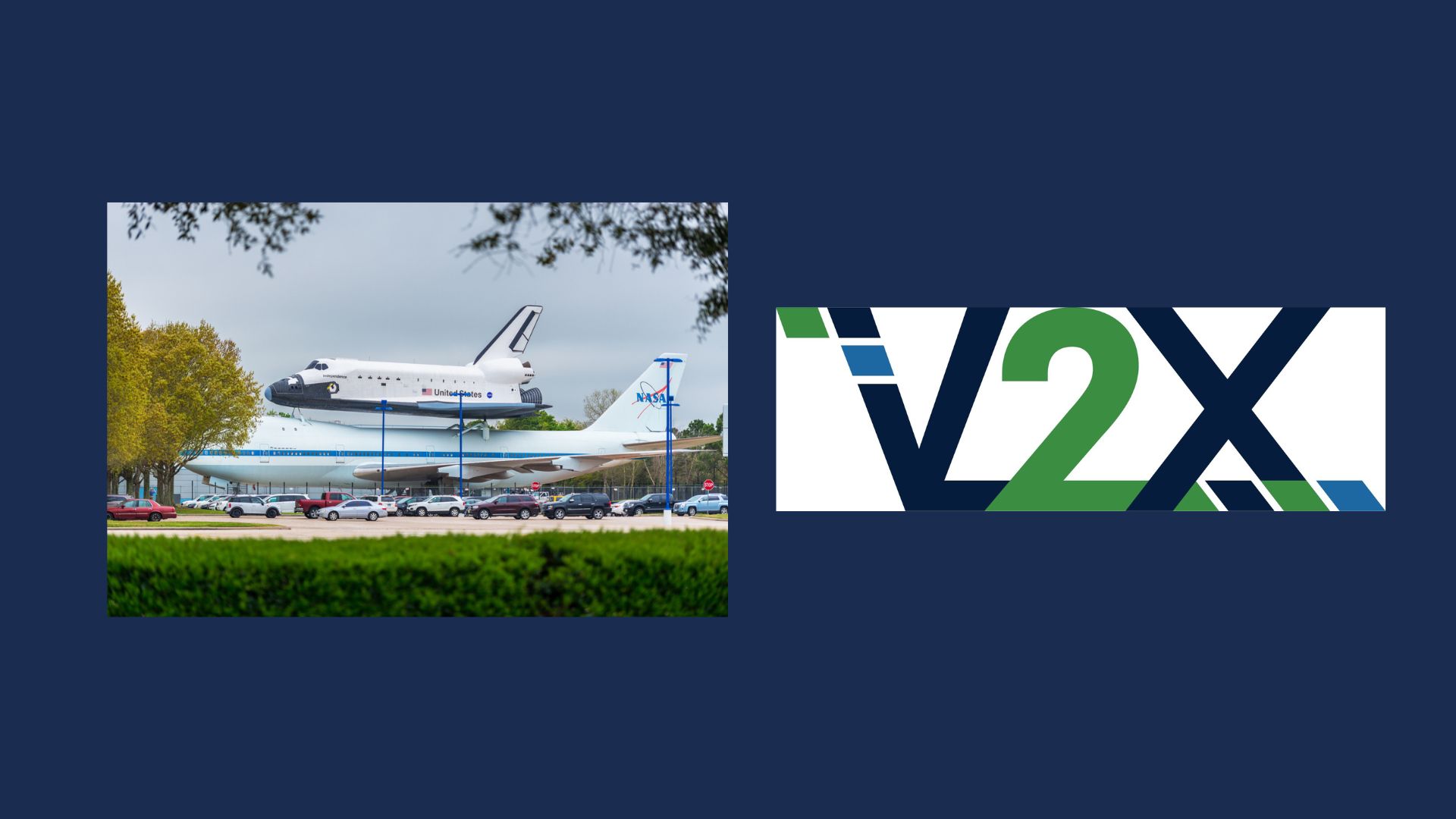
HOUSTON — V2X, Inc. has been awarded a $265 million contract to maintain safe operations at NASA’s Johnson Space Center in Houston, specifically at the Sonny Carter Training Facility, where astronauts receive crucial training to prepare for human spaceflight missions.
According to a news release, V2X will deliver technical support to ensure the reliability of the integrated hardware and software systems utilized at the Neutral Buoyancy Laboratory (NBL). The contract’s period of performance extends until 2033, including option periods.
The NBL will serve as a training ground for NASA’s upcoming Artemis 2 mission, scheduled to launch in September 2025. The Artemis 2 missions will include the historic journey of the first woman and person of color to visit the moon, marking humanity’s return to the lunar surface after more than 50 years. The crew will land near the moon’s south pole, a region characterized by immense craters, extreme temperatures, and areas of permanent darkness, thus requiring extensive and meticulous preparation.
“We are honored to continue our partnership with NASA and support their mission to explore the frontiers of space,” said Jeremy Wensinger, President and Chief Executive Officer of V2X. “The Neutral Buoyancy Laboratory is an unparalleled facility, and we are committed to ensuring its readiness for the next generation of space exploration, including the groundbreaking Artemis 2 mission.”
At the NBL astronauts rehearse recovery missions, which are vital for the final stage of spaceflight when the crew’s capsule returns to Earth and splashes down into the ocean. Additionally, the laboratory houses a replica of the International Space Station, where astronauts practice working in microgravity, simulating the reduced gravity experienced in space. Recently, NASA and V2X have upgraded the NBL by converting a section into a realistic model of the moon’s surface.
As a critical asset for NASA, the NBL operates continuously to support the dynamic demands of human spaceflight. For over 30 years, it has been instrumental in training astronauts for space exploration, providing a realistic environment for practicing spacewalks and recovery missions.
Source: V2X, Inc.




